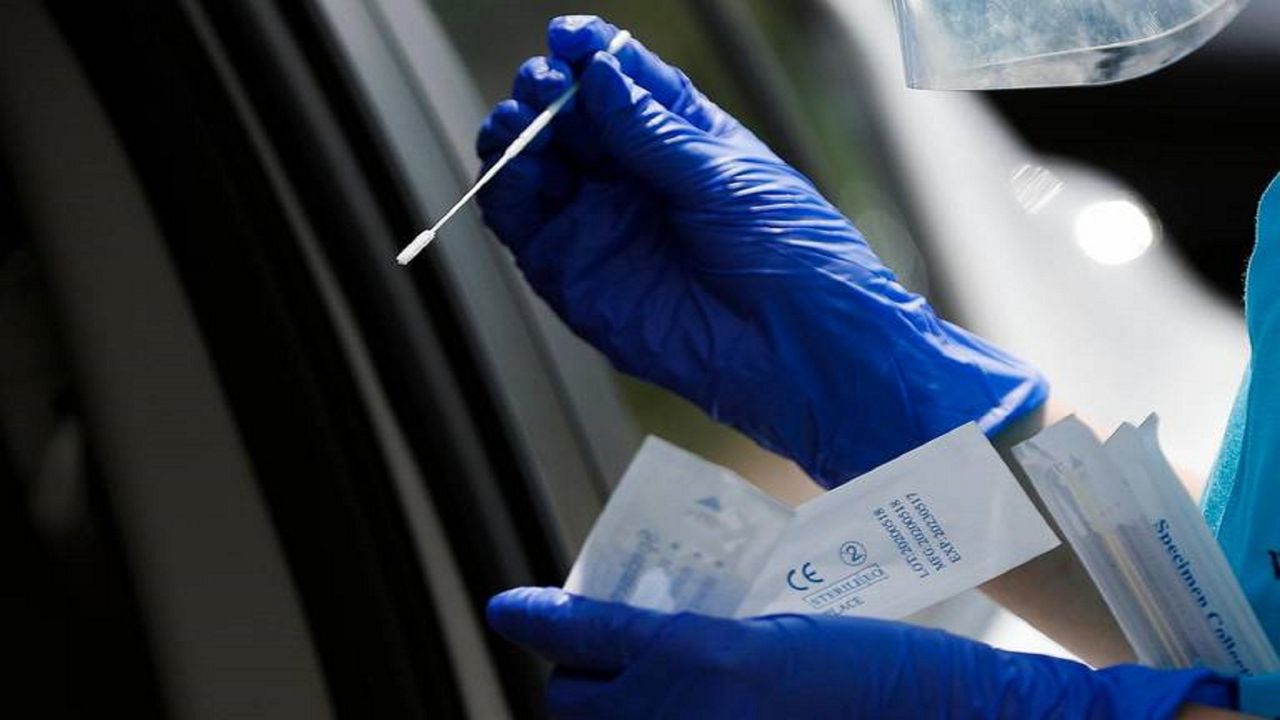As the Thanksgiving holiday approaches, parts of Central New York are entering a new frontier in the ongoing COVID-19 pandemic.
Governor Andrew Cuomo said Monday morning that parts of Syracuse and its suburbs would enter the classification of COVID-19 "orange zone," with other surrounding areas receiving a new yellow zone designation. Onondaga County released a map shortly after Cuomo's announcement. Cuomo said the orange zone included parts of the city of Syracuse, as well as parts of Lyncourt, Solvay, and DeWitt.
In an orange zone, "high-risk" non-essential businesses must close. These include schools, nail salons, spas, and other personal services. Schools also must close, though they can test out to reopen. All gatherings are limited to 10 people indoors or outdoors, and dining at restaurants can only be done outdoors. Here's a full explaination of the microcluster zones.
Onondaga County now has 1,800 active coronavirus cases and 107 hospitalizations, with 19 patients in critical condition.
Syracuse Mayor Ben Walsh said Monday afternoon that Syracuse's new place in the orange zone "is very disappointing."
“Now is the time to be safe. There will be future Thanksgivings. There will be future holidays," Walsh said, echoing the advice of health experts in the last few weeks to limit holiday-week travel and gatherings.
Walsh added that though the closure of certain non-essential businesses like hair salons and gyms are grouped in the orange zone, the data has consistently shown that those types of places rarely contribute to significant spread of the virus. As a result, Walsh has asked Governor Cuomo's team to reconsider closing those businesses.
Onondaga County Executive Ryan McMahon said he had hoped for a few more days before transitioning to yellow and orange zone classifications.
“We’re going to move forward and we’re going to work to stablize the spread in the community," McMahon said.
Orange zone restrictions will go into effect Wednesday.



